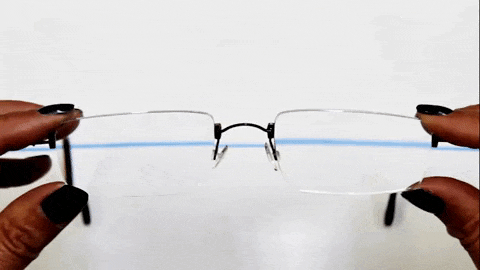A new wave of presbyopes (difficulty seeing objects up close) are coming, as millennials are already hitting their 40s. On top of that, more than 70% of all presbyopes have different prescriptions in each eye.1 With how much time we spend on devices daily and reading/working up close, this leads to a frustrating amount of strain for people with presbyopia.
Warren Modlin, HOYA Vision Care’s VP of Product Technology was recently quoted in Vision Monday. He explained that, “If the eyes are looking through different prescriptions, you’ve got different amounts of magnification. If you’re spending hours in front of a computer with different images, the brain is going to fatigue, experience migraines or headaches or dryness that often is not recognized as being the result of two eyes trying to work together in order to harmonize an image.”
Let’s talk about presbyopia and anisometropic (differing) prescriptions in each eye – as well as the technology and lens designs needed to address it.
Single vision lenses vs. progressive lenses for presbyopia
Your patients may not understand why their single vision lenses aren’t right for their needs.
Sure, single vision lenses create less strain because the wearer can adjust objects for near vision using the central position of the lens. However, these lenses are only addressing vision for one distance at a time, one vision problem at a time.
When you have presbyopia, along with a different prescription in each eye, single vision lenses just aren’t enough. Presbyopes benefit more from progressive lenses because they utilize different areas of the lens depending on the activity.
This brings us to progressive lenses of today: even with the evolution of progressive lenses, we knew there was more we could do to marry disparate images for presbyopes: Binocular Harmonization Technology (BHT).





